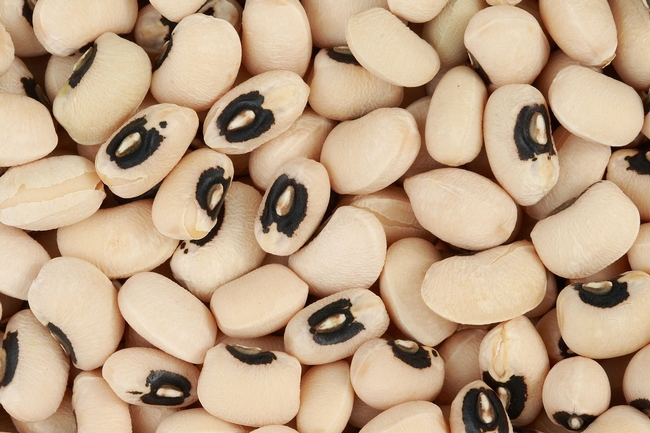- Author: Pamela Kan-Rice
UC Agricultural Issues Center has released a new study on the cost and returns of establishing an orchard and producing almonds in the southern San Joaquin Valley.
The cost analysis is based on a hypothetical farm operation of a well-managed orchard, using practices common to the region. Growers, UC ANR Cooperative Extension farm advisors and other agricultural associates provided input and reviewed the methods and findings of the study.
The study estimates the costs for growing almonds in the southern San Joaquin Valley using double-line drip irrigation. This multi-year study estimates costs from the previous crop, including orchard removal, through orchard establishment and the production years.
The economic life of the orchard used in this cost analysis is 23 years. The authors describe the assumptions used to identify current costs for the almond crop, material inputs, cash and non-cash overhead. A ranging analysis table shows net returns over a range of prices and yields. Other tables show the monthly cash costs, the costs and returns per acre, hourly equipment costs, and the whole farm annual equipment, investment and business overhead costs.
The new study, “Sample Costs to Establish an Orchard and Produce Almonds in the San Joaquin Valley – South- 2016” is the final almond cost-and-returns study in a series of four studies covering three different regions of California published in 2016. The other three studies on almond production include a study on almonds grown in the Sacramento Valley and two studies on almonds grown in the northern San Joaquin Valley. The northern San Joaquin Valley studies use conventional and organic production methods.
Free copies of this study and other sample cost of production studies for many commodities are available online. To download the cost studies, visit the UC Agricultural Issues Center Cost Studies website at http://coststudies.ucdavis.edu.
The cost and returns program is funded by the UC Agricultural Issues Center, which is part of UC Division of Agriculture and Natural Resources and the UC Davis Department of Agricultural and Resource Economics.
For additional information or an explanation of the calculations used in the studies, contact Christine Gutierrez through the Agricultural Issues Center at (530) 752-1520 or cagut@ucdavis.edu.
- Author: Don Stewart

The studies focus on production costs in the Sacramento Valley -- Colusa, Sacramento, Solano, Sutter, Yolo and Yuba counties. The two different studies show production costs for growing beans under furrow irrigation on 30-inch beds single cropped, including lima (baby, vine and bush types) and blackeye beans; and double cropped, including light and dark red kidney, canario, large white navy, black turtle, cranberry and miscellaneous varieties.
Each analysis is based upon a hypothetical farm operation using practices common to the region. Input and reviews were provided by farm advisors, researchers, growers, farm accountants, pest control advisers, consultants, and other agricultural associates. Assumptions used to identify current costs for individual crops, material inputs, cash and non-cash overhead are described. A ranging analysis table shows profits over a range of prices and yields. Other tables show the monthly cash costs, the costs and returns per acre, hourly equipment costs, and the whole farm annual equipment, investment and business overhead costs.
These two studies - "Sample Costs to Produce Beans-Common Dry Varieties-Double Cropped in the Sacramento Valley" and "Sample Costs to Produce Beans-Common Dry Varieties-Single Cropped in the Sacramento Valley" - and other sample cost of production studies for many commodities can be downloaded from the UC Davis Agricultural and Resource Economics Department website, http://coststudies.ucdavis.edu. Some archived studies are also available on the website.
For additional information or an explanation of the calculations used in the study contact Karen Klonsky at (530) 752-3589, klonsky@primal.ucdavis.edu or Don Stewart, (530) 752-4651, destewart@ucdavis.edu.
The studies were prepared by Rachael Long, UC Cooperative Extension advisor, Sacramento, Solano and Yolo counties; Mark Lundy, UC Cooperative Extension advisor, Colusa, Sutter and Yuba counties; Karen Klonsky, Cooperative Extension specialist, Department of Agricultural and Resource Economics, UC Davis; and Don Stewart, staff research associate, Department of Agriculture and Resource Economics, UC Davis.



